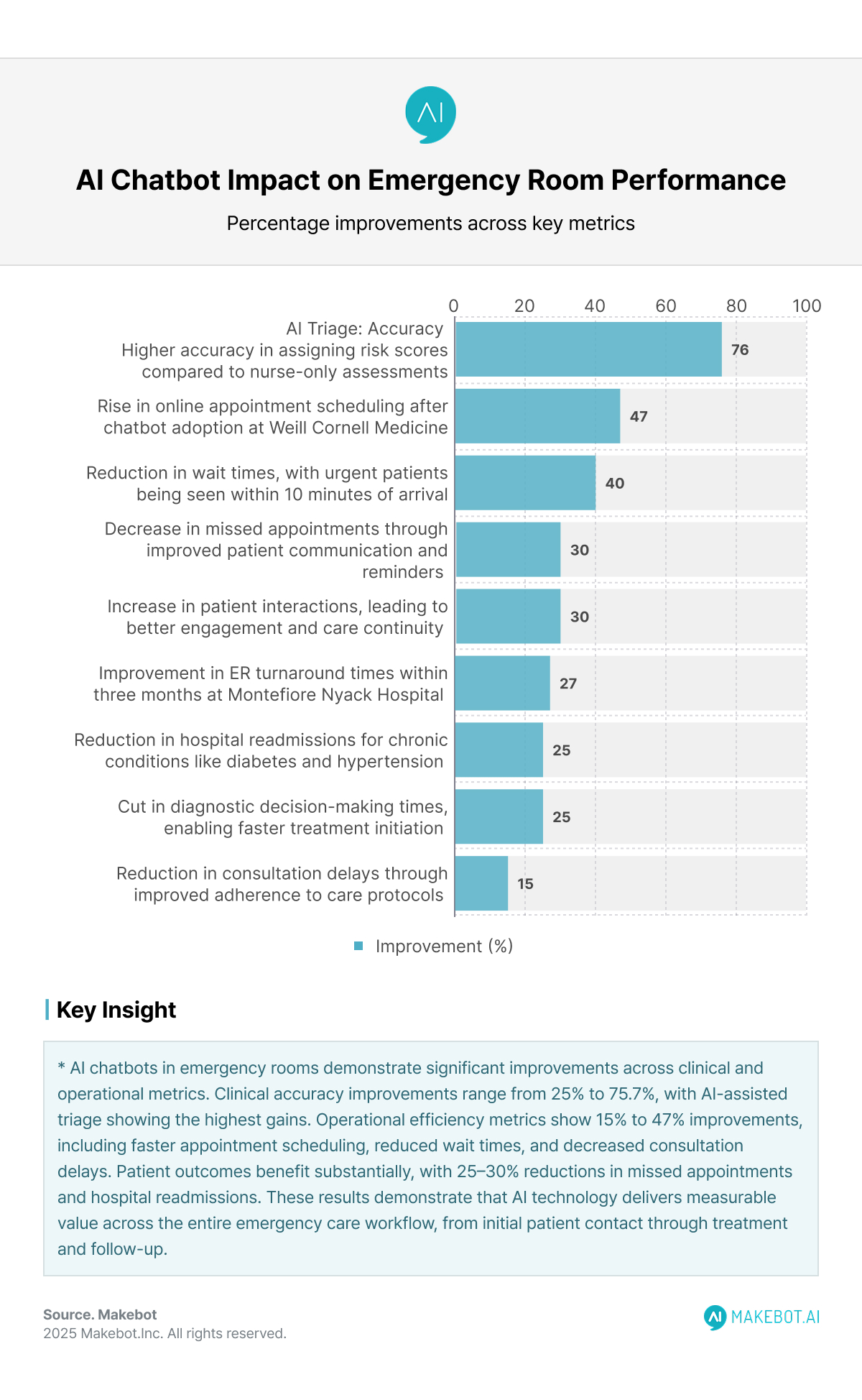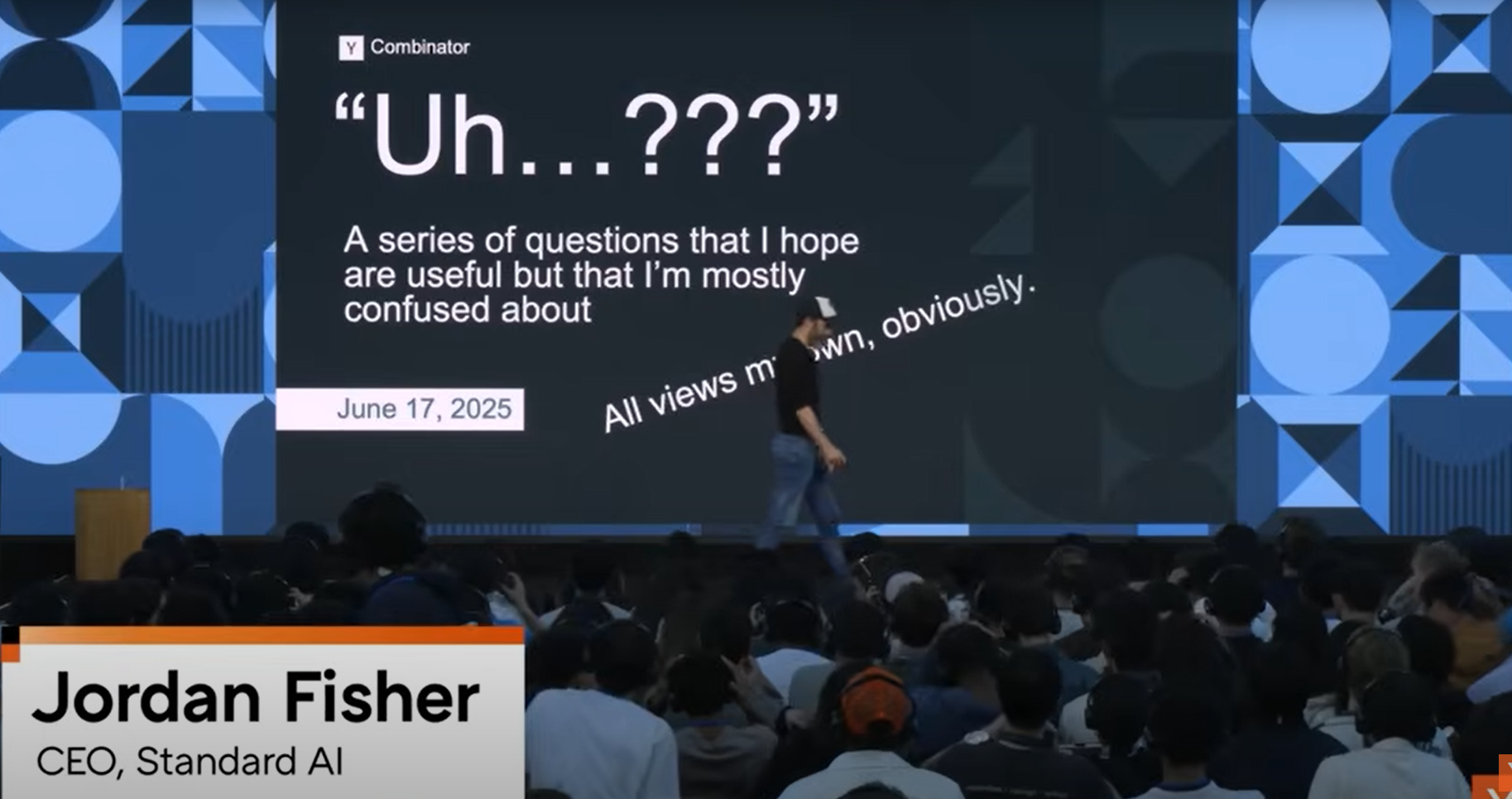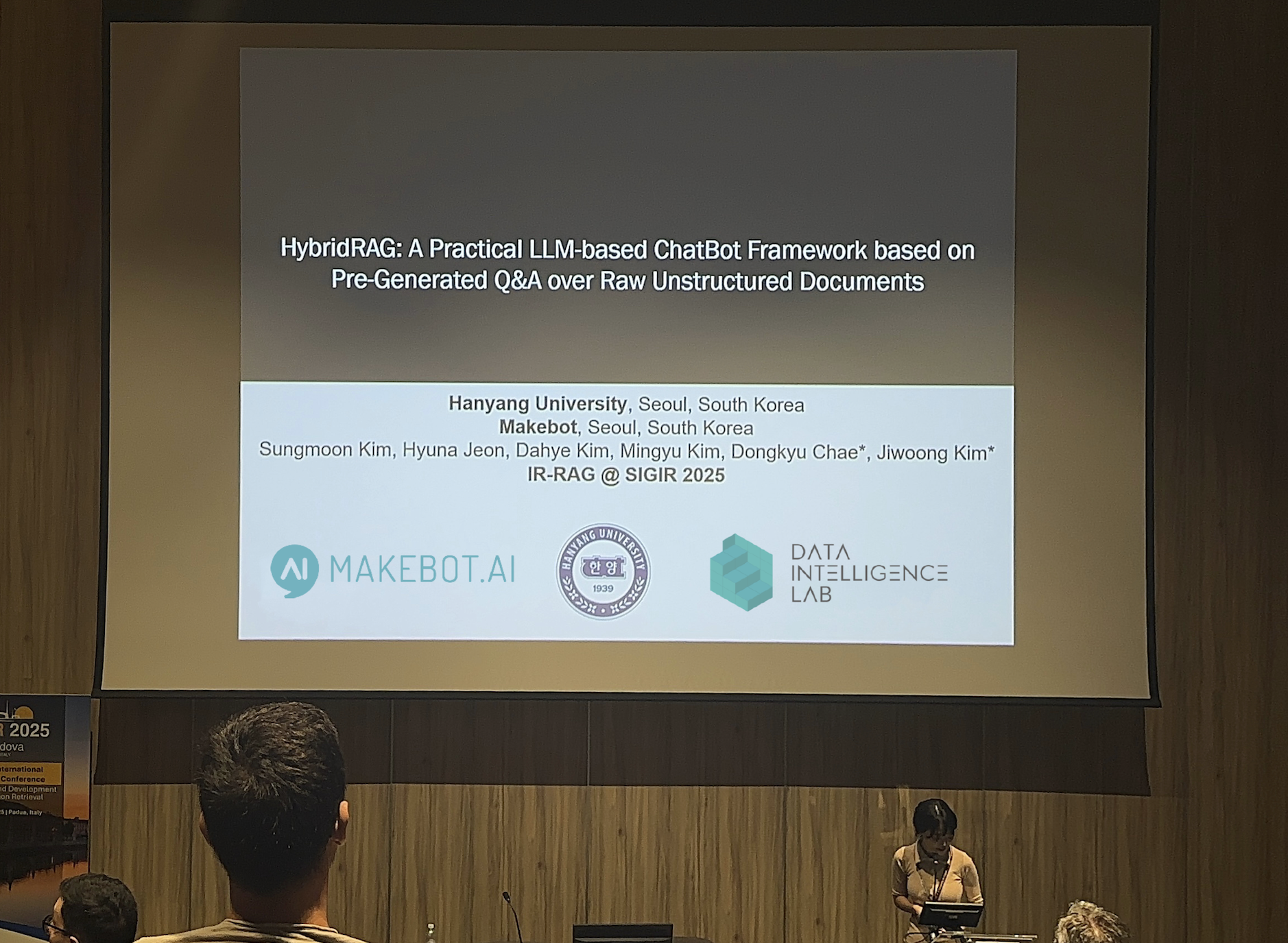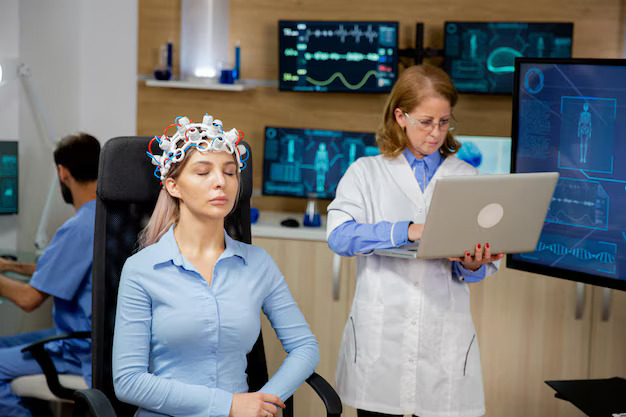AI Chatbots in ERs: Redefining Critical Care
AI chatbots are transforming ERs—cutting wait times, boost accuracy, & save critical patient lives.


Emergency departments across the United States face an unprecedented crisis that demands immediate technological intervention. In 2023, over 1.5 million patients waited more than 12 hours in major emergency rooms, with 65% of these cases involving patients awaiting admission. These delays contributed to an estimated 268 additional deaths weekly nationwide, and research confirms that delays in crowded ERs raise the chance of death by nearly 4 times.
Around 40% of ER visits are also for conditions that could be treated elsewhere, adding unnecessary strain to limited staff and equipment. About 28% of doctors report some patients staying in the ER for more than two weeks while waiting for hospital beds, further highlighting the severity of bottlenecks.
This combination of inefficiency, resource scarcity, and growing patient demand underscores the urgent need for scalable technological solutions. AI Chatbots in Emergency Rooms represent a breakthrough innovation, providing intelligent automation and predictive analytics that transform emergency care from reactive crisis management into proactive, data-driven intervention.
McKinsey: How AI in Healthcare Can Improve Consumer Experiences. Read more here!

The Current State of Emergency Room Operations
Emergency departments operate under extreme conditions, balancing unpredictable patient surges with limited staff and resources. Traditional triage methods, while essential, are inconsistent and prone to delays, especially in overcrowded facilities.
Research shows that patients in crowded ERs face nearly four times the risk of mortality due to delayed treatment.
The challenges extend beyond medical care. Administrative burdens consume up to 25% of front-office staff time on repetitive tasks such as phone inquiries and scheduling. These inefficiencies create systemic bottlenecks, driving higher costs and patient dissatisfaction. Clearly, ERs need a smarter, faster way to handle both clinical and non-clinical workflows—transitioning us to the role of AI Chatbots.
How AI Chatbots Are Redefining Emergency Care
Unlike earlier rule-based tools, modern AI Chatbot systems leverage Generative AI and LLM capabilities to unify clinical decision-making with workflow automation. Integrated directly with Electronic Health Records (EHR), these systems process massive datasets in real time, creating a holistic picture of patient care. Their applications can be broken down into three critical areas—triage, decision support, and workflow optimization—all of which strengthen the backbone of emergency care.
Advanced Triage and Risk Stratification
AI Chatbots in Emergency Rooms powered by Large Language Models conduct initial assessments by analyzing symptoms, history, and vitals within seconds. Recent research found that AI-assisted triage achieved 75.7% higher accuracy in assigning risk scores compared to nurse-only assessments.
The integration of Generative AI makes these tools adaptable. They can interpret varied symptom descriptions, medical jargon, or even colloquial patient expressions, reducing miscommunication. This is particularly important in multicultural populations, where language barriers or differing symptom descriptions can impact care quality.
This capacity to stratify risks more effectively sets the stage for the next advancement—providing real-time clinical decision support.
Real-Time Decision Support
Beyond triage, AI in healthcare has advanced into predictive intelligence. The KATE system, using an extreme gradient boosting model, demonstrated accuracy 27% higher than nurse averages. By analyzing EHR data, lab results, and imaging, LLM-based systems like those studied at Mount Sinai can predict hospital admissions hours earlier than current methods.
Mount Sinai Health System demonstrated that LLM-based systems predicted hospital admissions hours earlier than traditional methods during a study involving 50,000+ ER visits. This early insight allows hospitals to allocate beds, staff, and equipment proactively, reducing patient boarding times.
By drawing from EHR data, imaging studies, and lab results, AI Chatbots deliver actionable insights directly to medical staff. Rather than replacing physicians, these systems serve as trusted copilots, enhancing decision-making in time-sensitive situations.
With clinical decision-making enhanced, the natural next step is optimizing the operational side of emergency care.
Workflow Optimization and Resource Management
AI Chatbots in Emergency Rooms can handle insurance verification, scheduling, discharge planning, and even cross-departmental communication, freeing clinicians for direct patient care.
Montefiore Nyack Hospital saw a 27% improvement in ER turnaround times within three months of AI-powered workflow adoption. Beyond speed, another research found that hybrid chatbot systems reduce hospital readmissions by up to 25% for chronic conditions like diabetes and hypertension. Chatbot use also increased patient interactions by 30%, cut consultation delays by 15%, and improved adherence to care protocols.
These efficiency gains depend on strong technical underpinnings—bringing us to architecture and implementation.
Conversational AI for Remote Patient Monitoring in Chronic Care. More here!
Technical Architecture and Implementation
The reliability of AI Chatbots in Emergency Rooms depends on sophisticated architectures capable of processing real-time, high-volume data streams. Modern systems are built on transformer-based LLMs fine-tuned for medical environments.
Natural Language Processing Capabilities
Generative AI models like BERT and GPT architectures excel at interpreting unstructured medical text—from patient symptom descriptions to handwritten notes. Their natural language processing (NLP) capabilities allow chatbots to generate clinically coherent responses aligned with medical protocols.
The Corti framework integrates an automatic speech recognition (ASR) model and an out-of-hospital cardiac arrest (OHCA) detection model. Its E2E deep learning system recognized OHCA events faster than human dispatchers during validation.
Moreover, explainable AI (XAI) has become critical. In emergency settings, physicians must trust the reasoning behind AI outputs. Transparent models increase clinician confidence, enabling human-AI collaboration rather than dependence.
With advanced NLP in place, the next step is seamless integration with healthcare IT ecosystems.
Integration with Healthcare Systems
For AI in healthcare to succeed, integration is non-negotiable. AI Chatbots in Emergency Rooms connect with EHRs, lab systems, and imaging platforms via secure APIs, ensuring access to the most current patient data.
A strong example is NHS Wales’ adoption of Corti AI, which analyzes emergency calls in real time, guiding dispatchers to make faster and more accurate decisions—particularly in cardiac arrest cases where seconds determine survival.
This integration not only improves outcomes but also demonstrates the measurable impact of AI deployment at scale.
Measurable Impact and Clinical Outcomes
The introduction of AI Chatbots in Emergency Rooms has already delivered quantifiable benefits across operations and patient outcomes.
- Weill Cornell Medicine saw a 47% rise in online appointment scheduling after chatbot adoption.
- Hospitals using AI triage reported a 40% reduction in wait times, with urgent patients being seen within 10 minutes of arrival.
- Chatbots reduced missed appointments by 30%, cut diagnostic decision-making times by 25%, and improved adherence to treatment regimens.
These measurable outcomes point to a fundamental truth: AI enhances both patient experience and healthcare provider efficiency. Yet, challenges remain.

Economic Impact and Resource Optimization
AI in healthcare delivers not only clinical but financial benefits. Predictive analytics allow hospitals to anticipate ER surges, as one Midwest hospital did during flu season, cutting overtime costs by 25%. Providence Health reduced scheduling time from 20 hours to 15 minutes using AI systems, while automation saves doctors over 28 hours per week on billing and coding tasks.
With the global AI automation market projected to grow to $826 billion by 2030 (CAGR 27.67%) and the healthcare chatbot sector expected to rise from $1 billion in 2025 to $10 billion within a decade, adoption trends show AI is no longer experimental but essential.
Challenges and Implementation Considerations
The deployment of AI Chatbots in Emergency Rooms is not without hurdles.
Regulatory Compliance and Data Security
Given the sensitive nature of ER data, compliance with HIPAA, GDPR, and other regulations is critical. Encryption, audit trails, and secure transmission protocols are mandatory safeguards.
Additionally, ERs generate vast amounts of unstructured data, which makes training datasets inconsistent. Without addressing this, AI recommendations risk being biased or incomplete.
Integration Complexity and Change Management
Technology alone is insufficient—healthcare staff must trust and adopt it. Research indicates that only 10% of U.S. patients currently trust AI medical advice, underscoring the importance of transparent communication and education. Training programs and cultural shifts are necessary to ensure smooth adoption.
As organizations address these barriers, they position themselves for future advancements in emergency medicine powered by AI.
Future Directions and Emerging Technologies
The evolution of AI Chatbots in Emergency Rooms continues to accelerate, with new technologies pushing capabilities even further.
- Predictive Analytics & Population Health: By incorporating population-level health data, Generative AI could predict outbreaks, identify at-risk groups, and optimize resource allocation.
- IoT Integration: Wearables and sensors could feed real-time vitals to AI systems, enabling continuous monitoring before and during ER visits.
- Personalized Medicine: Future AI in healthcare will generate treatment plans tailored to genetic, lifestyle, and response data, advancing precision medicine in emergency care.
These advancements suggest that today’s AI chatbots are merely the foundation for a far more intelligent and proactive emergency care ecosystem.
Showcasing Korea’s AI Innovation: Makebot’s HybridRAG Framework Presented at SIGIR 2025 in Italy. Read here!
Conclusion
AI Chatbots in Emergency Rooms are redefining the frontline of critical care. By combining Generative AI, Large Language Models, and automation, hospitals are witnessing measurable improvements in wait times, diagnostic accuracy, and resource management.
While challenges in regulation, integration, and adoption remain, the evidence is clear: the future of emergency care will hinge on intelligent collaboration between AI and human expertise. Hospitals that embrace this transformation today will be best equipped to deliver high-quality, efficient, and compassionate care in the moments that matter most.
Partnering for the Future of AI in Healthcare
The transformation of emergency care through Generative AI and AI Chatbots in Emergency Rooms highlights a larger reality: advanced technology is no longer optional—it’s essential. Hospitals and healthcare organizations that adopt intelligent automation today are laying the foundation for safer, faster, and more patient-centered emergency care tomorrow.
This is where Makebot bridges the gap. We go beyond technology delivery, providing industry-specific LLM agents and end-to-end AI solutions tailored to your business strategy and goals.
Why Choose Makebot?
- Industry-Specific LLM Agents: From healthcare agents used by leading hospitals like Seoul National University Hospital and Gangnam Severance Hospital, to solutions for finance, retail, and the public sector, Makebot delivers customized AI you can trust.
- Ready-to-Deploy AI Solutions: Upgrade or replace your chatbot with BotGrade, enhance customer service with MagicTalk, process complex data with MagicSearch, or automate 24/7 voice consultations through MagicVoice.
- Rapid PoC to Deployment: Quickly transform ideas into proof of concept and scale to production—maximizing adoption speed and ROI.
- Global-Verified Technology: With HybridRAG, presented at SIGIR 2025, Makebot achieved a 26.6% accuracy improvement and up to 90% cost reduction, setting new global benchmarks. Backed by multiple LLM/RAG patents and trusted by over 1,000 enterprises, we deliver stability and proven impact.
Generative AI is no longer just an innovation—it’s a core growth engine. With Makebot, you can move strategically from exploration to execution and turn AI potential into measurable business results.
👉 Start your AI journey today: www.makebot.ai
📩 Contact us at b2b@makebot.ai to discuss how we can help you lead the AI shift.

Studies Reveal Generative AI Enhances Physician-Patient Communication








































_2.png)


















.jpg)




































